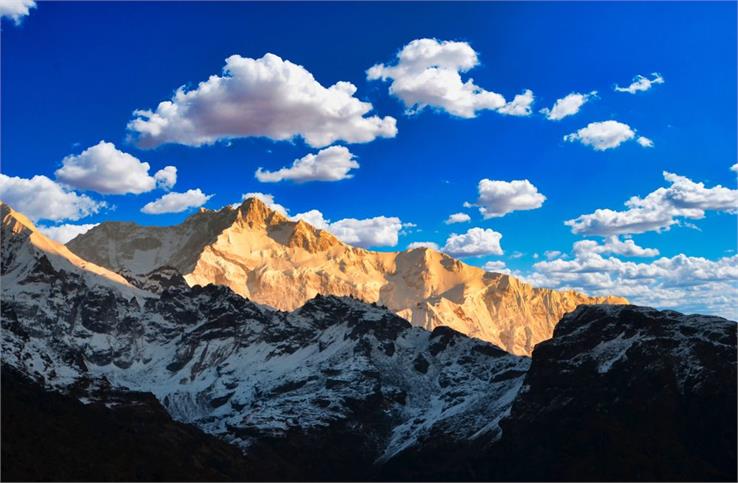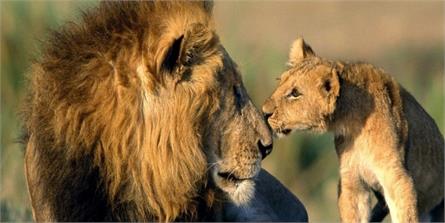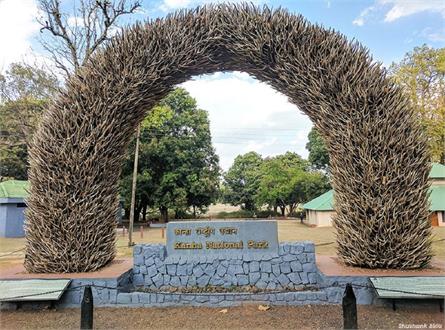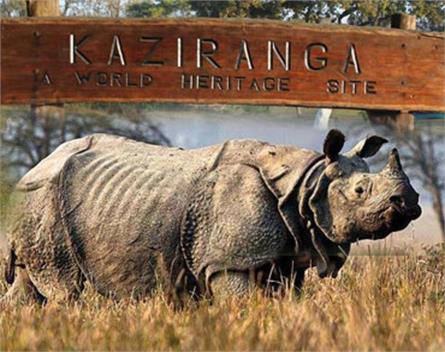Khangchendzonga National Park The Beauty In Sikkim

Khangchendzonga National Park, located in the state of Sikkim, India, is a mesmerizing destination that offers a glimpse into the pristine beauty of the Eastern Himalayas. Covering an area of approximately 1,784 square kilometers, it is renowned for its breathtaking landscapes, rich biodiversity, and cultural significance. This UNESCO World Heritage Site provides a sanctuary for numerous rare and endangered species, making it a must-visit destination for nature enthusiasts and adventure seekers.
Geography and Topography
Situated in the heart of the Eastern Himalayas, Khangchendzonga National Park is dominated by the majestic Mount Khangchendzonga, which is the third highest peak in the world. The park's topography is characterized by steep mountain slopes, deep valleys, glaciers, and alpine meadows. The pristine mountain lakes, including the famous Samiti Lake and Zemu Lake, add to the enchanting charm of the park.
Flora and Fauna
Khangchendzonga National Park is a treasure trove of biodiversity. It is home to a wide range of plant species, including a variety of rhododendrons, magnolias, primulas, and orchids. The park boasts a significant number of medicinal plants, some of which are used in traditional Tibetan and Sikkimese medicines.
The park's fauna is equally diverse, with over 500 species of birds, including endangered species like the blood pheasant, Himalayan monal, and black-necked crane. Visitors can also spot rare mammals such as the red panda, snow leopard, Himalayan tahr, Himalayan black bear, and musk deer. The park is also notable for its high-altitude lakes, which provide habitat for various species of fish.
Ecological Significance
Khangchendzonga National Park is considered one of the 36 biodiversity hotspots in the world. Its strategic location and unique topography have created a diverse range of habitats, from sub-tropical forests to alpine meadows, making it an ecological hotspot. The park not only serves as a refuge for numerous endemic species but also contributes to the overall conservation of the Eastern Himalayan region.
Cultural Heritage
The park holds immense cultural significance for local indigenous communities, including the Lepchas and Bhutias. These communities have a deep spiritual connection with the mountains and consider Mount Khangchendzonga as a sacred deity. The area is also dotted with ancient monasteries, such as the Dubdi Monastery and Pemayangtse Monastery, which are cultural treasures reflecting the rich Buddhist heritage of the region.
Activities and Attractions
Khangchendzonga National Park offers a plethora of activities and attractions for visitors:
1. Trekking
The park is famous for its trekking routes, including the popular Kanchenjunga Base Camp Trek and the Dzongri-Goechala Trek. These treks take you through breathtaking landscapes, dense forests, and picturesque villages.
2. Wildlife Safari
Wildlife enthusiasts can embark on jungle safaris to spot rare and elusive species. The diverse range of fauna, including the snow leopard and red panda, offer a truly exhilarating wildlife experience.
3. Bird Watching
Khangchendzonga National Park is a birdwatcher's paradise, with its expansive bird population. Birdwatching enthusiasts can witness various avian species in their natural habitat.
4. Cultural Experiences
Exploring the monasteries and interacting with the local indigenous communities provides an opportunity to immerse in the vibrant culture and traditions of Sikkim.
5. Lake Exploration
Taking a hike or camping near the serene mountain lakes offers a tranquil experience amidst breathtaking natural surroundings.
Conservation Efforts
Efforts to preserve the ecological integrity of Khangchendzonga National Park are ongoing. The park is managed by the Sikkim Forest Department, which implements measures to protect the park's biodiversity and raise awareness about its importance among the local communities and visitors.
Local communities actively participate in conservation initiatives, contributing to the sustainable management of the park. Furthermore, strict regulations, including restricted entry and waste management policies, are in place to minimize the impact of tourism on the fragile ecosystem.
Khangchendzonga National Park stands as a testament to the awe-inspiring beauty and rich biodiversity of the Eastern Himalayas. Its snow-clad peaks, verdant forests, and rare wildlife make it a destination of unparalleled natural splendor. Preserving and appreciating this ecological gem is crucial for the conservation of the region's unique biodiversity. A visit to Khangchendzonga National Park is not only a journey into the lap of nature but also an opportunity to immerse yourself in the cultural heritage and spiritual significance of the Himalayas.
Related questions
1. What is the location of Khangchendzonga National Park?
Khangchendzonga National Park is located in the state of Sikkim, India. It encompasses an area in the North and West districts of Sikkim, bordering Nepal and Tibet.
2. What is the significance of Khangchendzonga Biosphere Reserve?
Khangchendzonga National Park is a core area of the larger Khangchendzonga Biosphere Reserve. This reserve, designated as a UNESCO World Heritage Site, is known for its exceptional biodiversity and cultural significance. It serves as a conservation area for the fragile ecosystems of the Eastern Himalayas and protects the unique flora and fauna of the region.
3. What are some popular trekking routes in Khangchendzonga National Park?
There are several popular trekking routes in Khangchendzonga National Park:
- Kanchenjunga Base Camp Trek
- Dzongri-Goechala Trek
- Green Lake Trek
- Kasturi Orar Trek
- Yuksom-Dzongri Trek
4. What is the best time to visit Khangchendzonga National Park?
The best time to visit Khangchendzonga National Park is during the months of April to June and September to November. These months offer pleasant weather with clear skies, making it ideal for trekking and exploring the park's stunning landscapes.
5. What are the endangered species found in Khangchendzonga National Park?
Khangchendzonga National Park is home to several endangered species, including:
- Snow Leopard
- Red Panda
- Himalayan Tahr
- Musk Deer
- Hispid Har
6. What permits are required to enter Khangchendzonga National Park?
To enter Khangchendzonga National Park, visitors need to obtain appropriate permits from the Sikkim Forest Department and other relevant authorities. These permits include the Inner Line Permit (ILP) and the Wildlife Protection Permit. It is advisable to obtain these permits in advance through authorized tour operators or the Sikkim Tourism website.
7. Are there any restrictions on camping in the park?
There are designated camping areas within Khangchendzonga National Park where camping is allowed. However, camping is subject to specific regulations and permits issued by the Sikkim Forest Department. It is necessary to obtain the required permits and follow the designated camping guidelines to ensure responsible camping practices and minimal impact on the environment.
8. What are the nearby tourist attractions near Khangchendzonga National Park?
There are several tourist attractions near Khangchendzonga National Park that are worth exploring:
- Pelling: A charming town known for its panoramic views of the Himalayas and the Pemayangtse Monastery.
- Yumthang Valley: A picturesque valley famous for its hot springs and vibrant rhododendron blooms.
- Gurudongmar Lake: One of the highest lakes in the world, renowned for its breathtaking beauty and spiritual significance.
- Ravangla: A tranquil hill town offering splendid views of the Khangchendzonga range and hosting the Buddha Park and Ralong Monastery.
- Yakten Village: A quaint village known for ecotourism activities, organic farming, and its serene ambience.














